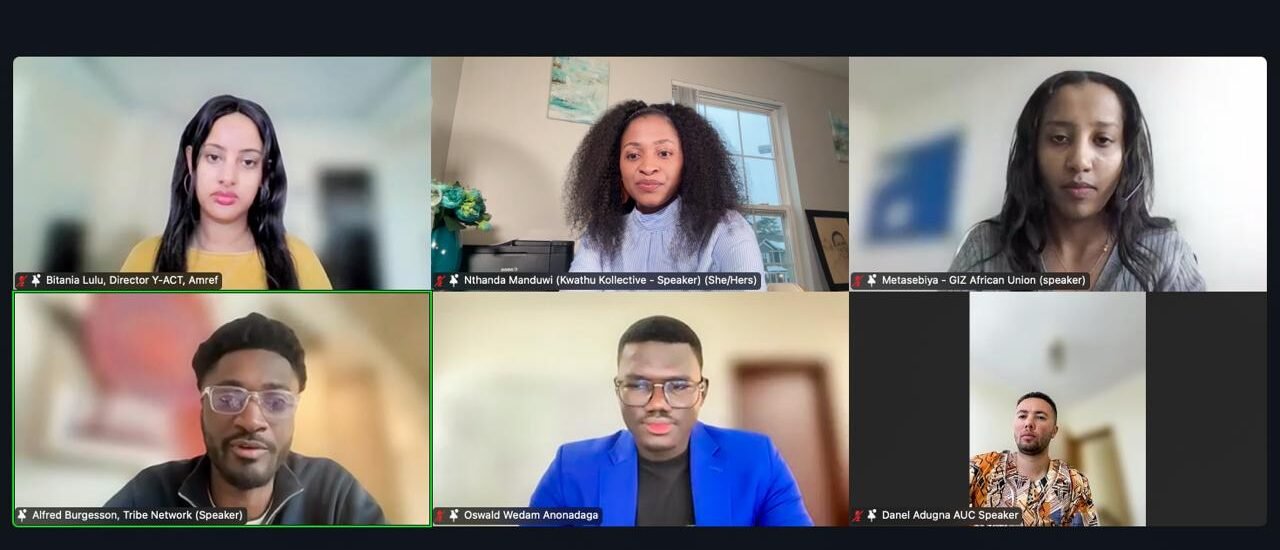


Out of over 8.2 billion people globally, Africa is home to over 1.4 billion, with more than 60% of that being youth under the age of 25. This is not just a statistic—it’s an opportunity. While populations in the West are aging and declining, Africa is growing. The world will rely on us. But to seize this moment, we must be intentional about preparing, skilling, and scaling the African youth workforce to lead this transformation.
There are several barriers identified that prevent youth in Africa from fully accessing employment and entrepreneurial opportunities. With over 60% of Africa’s population under 25 years old, the continent is home to the largest youth population in the world. However, this demographic advantage has not translated into widespread economic prosperity. Youth across the continent face structural challenges that limit their ability to participate in formal employment or pursue entrepreneurial ventures. These barriers are deeply rooted in issues of education, finance, infrastructure, and policy implementation, all of which hinder sustainable development and inclusive growth. Understanding and addressing these obstacles is crucial to unlocking Africa’s potential.
Why the Declining West Creates Opportunity:
In the West, populations are shrinking. Countries are worried about their workforce, their economies, their future sustainability. But here in Africa, we have the reverse problem—our youth are abundant, our potential is limitless. We have the human capital. The only question is: will we scale and train this workforce in time to lead globally, or will we be left behind? This is why today, more than ever, education and skilling are not just important—they are critical for Africa’s survival and success.
Reframing Leadership: A Lesson From History
For many of us, leadership has been a story of our parents’ generation—50, 60, 70, even 80 years old. But let me remind you of something important. If we look back in history, the people who shaped the world we know today were not old. They were our age. Life expectancy during World War I, or even in the early 1900s, was significantly lower than it is today. The leaders and innovators who made history didn’t wait until they were 60. They were in their 20s and 30s, making decisions that defined nations, economies, and movements.
So why are we waiting? Why do we think we’ll have time later? The future isn’t something that starts tomorrow—it starts now. We need to act today, because we are the ones history will remember, or forget.
The Dissonance in Education:
As a social scientist traveling the world, I’ve seen a dissonance that worries me. In the West, the education systems are built for the future. They are training their students for AI-powered, data-driven systems. They are creating thinkers, innovators, and leaders who understand how to operate in a world transformed by technology.
But in Africa, too many of us are stuck in systems that are outdated, that teach us what worked decades ago, instead of what will work tomorrow. And the truth is, AI will not slow down for us. Automation will not wait for Africa to catch up. If we don’t build a youth workforce that is skilled, relevant, and capable of working alongside these systems, the world will leave us behind. And the tragedy is that it would leave behind the largest mass of human capital it has.
Skilling for Transformation
This is our moment to be intentional. To create education systems that don’t just teach us how to survive, but how to thrive. To push for policies that ensure African youth are not just workers in the global economy, but leaders of innovation and entrepreneurship. To scale programs that teach digital skills, AI integration, and entrepreneurship, so that when the world looks to Africa, it doesn’t just see a large population—it sees a skilled, capable workforce ready to lead.
This transformation starts with us. With every skill we acquire, every barrier we break, and every opportunity we create. Africa isn’t the future. We are the present. The time to act is now.
With undying love for Africa,
Ntha